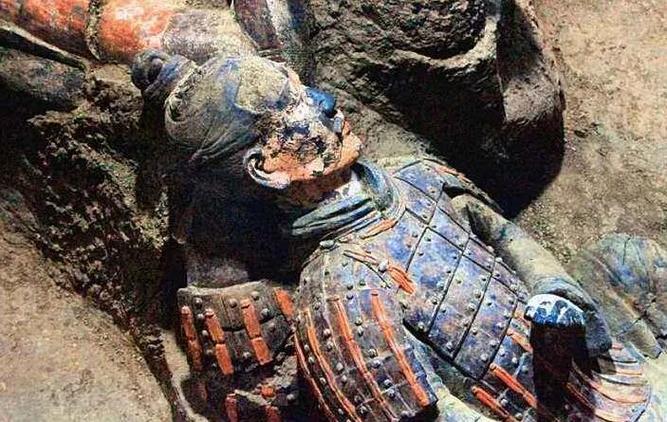
The Terracotta Army: An Army Frozen in Time
A Wonder Unearthed
Referred to as the eighth Wonder of the World, the Terracotta Army is a sight to behold. This massive collection of life-sized terracotta sculptures was discovered in 1974 near Xi'an, Shaanxi province, China. The discovery was as unexpected as it was significant. A group of farmers digging a well stumbled upon fragments of terracotta figures, unaware they had unearthed a treasure trove of historical significance.
A Silent Guardian for the Afterlife
The figures, dating back to the late third century BC, were commissioned by the first emperor of China, Qin Shi Huang, to guard his tomb in the afterlife. The sheer scale of this undertaking is staggering. It is estimated that over 700,000 laborers and craftsmen worked for nearly four decades to create this subterranean army.
The Army's Composition
The Terracotta Army is not merely a collection of identical soldiers. Each figure is unique, with individual facial features, hairstyles, and armor. This meticulous attention to detail reflects the high level of craftsmanship of the Qin dynasty.
The army is organized in battle formations, mirroring a real-life military structure:
- Infantry: Standing in rows, armed with spears, swords, or crossbows, they represent the backbone of the Qin army.
- Archers: Kneeling with their crossbows ready, they showcase the Qin dynasty's advanced military technology.
- Charioteers: Positioned with their chariots and horses, they symbolize speed and maneuverability on the battlefield.
- Generals and Officers: Distinguished by their elaborate armor and headgear, these figures signify leadership and strategic command.
Beyond the Soldiers: A Glimpse into the Past
The Terracotta Army is more than just an army; it's a time capsule offering invaluable insights into the military practices, cultural beliefs, and artistic achievements of ancient China. Besides the warriors, archaeologists have unearthed:
- Terracotta Horses: Life-sized and anatomically accurate, these horses showcase the importance of cavalry in the Qin army.
- Bronze Chariots: Elaborately decorated and technically advanced, these chariots reflect the wealth and sophistication of the Qin court.
- Acrobats and Musicians: These figures suggest that entertainment played a role in Qin Shi Huang's vision of the afterlife.
The Unanswered Questions: How many warriors are there?
While three pits containing the Terracotta Army have been excavated, archaeologists believe more secrets remain hidden. Estimates suggest there could be as many as 8,000 warriors, along with thousands of horses, chariots, and other figures, yet to be uncovered.
The Legacy of the Terracotta Army
The Terracotta Army is a testament to the power and ambition of Qin Shi Huang, the emperor who unified China. This UNESCO World Heritage Site continues to fascinate and intrigue people worldwide, offering a unique glimpse into the grandeur and splendor of ancient China.
FAQs
Q1: When was the Terracotta Army discovered?
A1: The Terracotta Army was discovered in 1974 by farmers digging a well.
Q2: Why was the Terracotta Army built?
A2: The Terracotta Army was built to protect and serve the first emperor of China, Qin Shi Huang, in the afterlife.
Q3: What is the significance of the Terracotta Army?
A3: The Terracotta Army offers invaluable insights into ancient Chinese civilization, including its military practices, cultural beliefs, and artistic achievements.